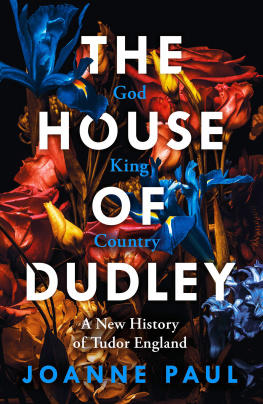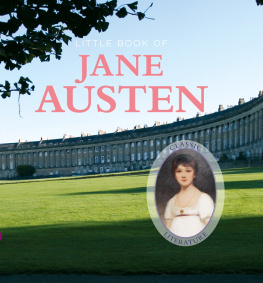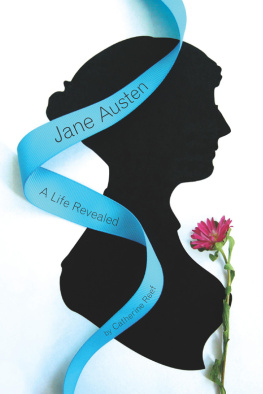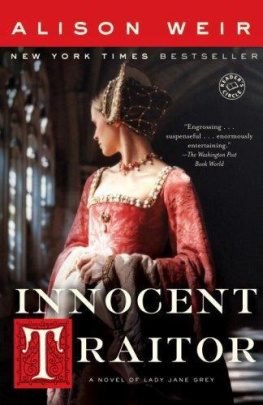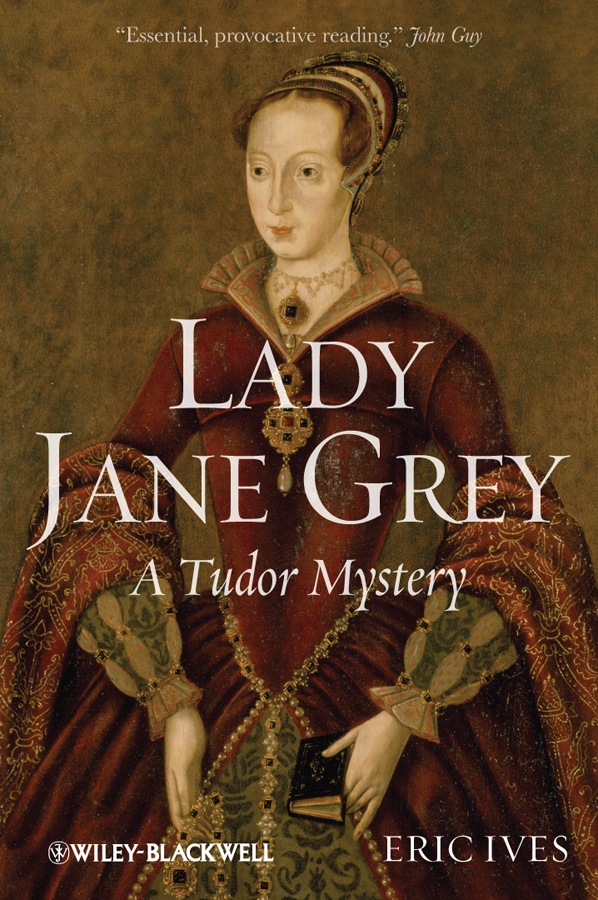To my many friends who have grappled with The Reign of Edward VI

This paperback edition first published 2011
2011 Eric Ives
Edition history: Blackwell Publishing Ltd (hardback, 2009)
Blackwell Publishing was acquired by John Wiley & Sons in February 2007. Blackwell's publishing programme has been merged with Wiley's global Scientific, Technical, and Medical business to form Wiley-Blackwell.
Registered Office
John Wiley & Sons Ltd, The Atrium, Southern Gate, Chichester, West Sussex, PO19 8SQ, UK
Editorial Offices
350 Main Street, Malden, MA 02148-5020, USA
9600 Garsington Road, Oxford, OX4 2DQ, UK
The Atrium, Southern Gate, Chichester, West Sussex, PO19 8SQ, UK
For details of our global editorial offices, for customer services, and for information about how to apply for permission to reuse the copyright material in this book please see our website at www.wiley.com/wiley-blackwell.
The right of Eric Ives to be identified as the author of this work has been asserted in accordance with the UK Copyright, Designs and Patents Act 1988.
All rights reserved. No part of this publication may be reproduced, stored in a retrieval system, or transmitted, in any form or by any means, electronic, mechanical, photocopying, recording or otherwise, except as permitted by the UK Copyright, Designs and Patents Act 1988, without the prior permission of the publisher.
Wiley also publishes its books in a variety of electronic formats. Some content that appears in print may not be available in electronic books.
Designations used by companies to distinguish their products are often claimed as trademarks. All brand names and product names used in this book are trade names, service marks, trademarks or registered trademarks of their respective owners. The publisher is not associated with any product or vendor mentioned in this book. This publication is designed to provide accurate and authoritative information in regard to the subject matter covered. It is sold on the understanding that the publisher is not engaged in rendering professional services. If professional advice or other expert assistance is required, the services of a competent professional should be sought.
Library of Congress Cataloging-in-Publication Data
Ives, E. W. (Eric William), 1931
Lady Jane Grey : a Tudor Mystery / Eric Ives.
p. cm.
Includes bibliographic references and index.
ISBN 978-1-4051-9413-6 (cloth) 978-1-4443-5018-0 (pbk.)
1. Grey, Jane, Lady, 15371554. 2. Great BritainKings and rulersSuccessionsHistory16th
century. 3. QueensGreat BritainBiography. I. Title.
DA345.1.D9I94 2009
942.053092dc22
2009005159
A catalogue record for this book is available from the British Library.
This book is published in the following electronic formats: ePDFs 978-1-4443-0784-9; Wiley Online Library 978-1-4443-0783-2; ePub 978-1-4443-5426-3; Mobi 978-1-4443-4322-9
ILLUSTRATIONS
Anon., Jane Grey (c.1590) [the Houghton Jane]. reserved; collection unknown previously in the collection of Houghton Hall |
Anon., Lady conjectured to be The Lady Jane Graye executed [the Northwick Park Jane]. From Roy Strong, Tudor and Jacobean Portraits (NPG, 1969) |
Marcus Gheeraerts (attrib.), Katherine Grey. From H. Chapman, Two Tudor Portraits (1960) |
Hans Eworth, Mary Grey. By kind permission of the trustees of the Chequers estate/Mark Fiennes/Bridgeman Art Library |
Willem and Magdalena de Passe, Jane Grey (engr. c.1620). National Portrait Gallery, London |
Levina Teerlinc, Lady conjectured to be Jane Grey. Yale Center for British Art, Paul Mellon Collection/Bridgeman Art Library |
George Vertue, Jane Grey (engr. J. Basire). Nichols, Leicester |
Anon., Lady conjectured to be Jane Grey [the Wrest Park Jane]. Private Collection |
Hans Eworth, Portrait of a Lady. Fitzwilliam Museum, University of Cambridge/The Bridgeman Art Library |
Bradgate Park, engr. Johannes Kip (c.1715). Nichols, Leicester |
John Throsby, Bradgate Park, engr. Walker (17778). Nichols, Leicester |
Anon., Robert Dudley, brother of Guildford Dudley (engraving of NPG247 as Earl of Leicester). Heritage Image Partnership/Imagestate |
Hans Holbein the younger, The Dutchess of Suffolk (153243). The Royal Collection 2009, Her Majesty Queen Elizabeth II |
Anon., Katherine Parr (1545). National Portrait Gallery, London |
Anon., Katherine Parr (1545). National Portrait Gallery, London |
Hans Eworth, Mary I. National Portrait Gallery, London |
Anon., Edward VI and the Pope (c.1570). National Portrait Gallery, London |
Anon., John Dudley, earl of Warwick, duke of Northumberland. Penshurst Place, by kind permission of Viscount De LIsle |
Hans Eworth, Henry Fitzalan, earl of Arundel. The Berger Collection at the Denver Art Museum, USA/The Bridgeman Art Library |
Sudeley Castle. The author |
Edward VI, A summary of matters to be concluded. BL Lansdowne MS 1236 fo. 19 |
William Theed the Younger, Lady Jane Grey at her studies (relief from the Princes Chamber, Palace of Westminster). Palace of Westminster Collection |
The Tower of London (engr. 1742). The Society of Antiquaries of London |
Jane Grey, letter to Thomas Seymour (1548). National Archives SP10/5 no. 5 |
Jane Grey, letter to Henry Bullinger (7 July, 1552). Zentralbibliothek Zrich, RP18 |
M. Florio, copy of Regole de la lingua thoscana dedicated and presented to Jane Grey (original binding). BL Sloane MS 3011 |
Jane Greys Prayer book, inscribed to Sir John Brydges. BL Harleian MS 2342 fos. 74v, 75 |
Edward VI, My deuise for the succession. Inner Temple, Petyt MS 47 fo. 317 by kind permission of the Masters of the Bench |
Paul Delaroche, The Execution of Lady Jane Grey (1833). The National Gallery/The Bridgeman Art Library |
FIGURES
The Tudor family in June 1536 |
The succession according to Henry VIII's will |
Edward VI's deuise, VERSION ONE |
Edward VI's deuise, VERSION TWO |
Edward VI's declaracion, 21 June 1553 |
Map
PREFACE
JANE Grey, the rightful queen of England, was deposed on 19 July 1553 and beheaded on 12 February 1554. This may not be what the text books say, but it is the conclusion offered by this study. The book is not a conventional biography. Jane Grey did not live to see seventeen and the successive crises which destroyed her lasted, each of them, for only a fortnight. It is, rather, a mystery, a detective story, in English parlance, a whodunnit. It asks how it was that in 1553 England came suddenly and desperately close to civil war and why those involved behaved as they did. It surveys the facts, discusses the options, suggests where the evidence leads, and weaves the discussion around as much as can be known of the remarkable girl who in right was the fourth of the Tudor monarchs and the first of the Dudley line. As with the solutions offered to every mystery, it is for the jury of readers to be persuaded or otherwise.


